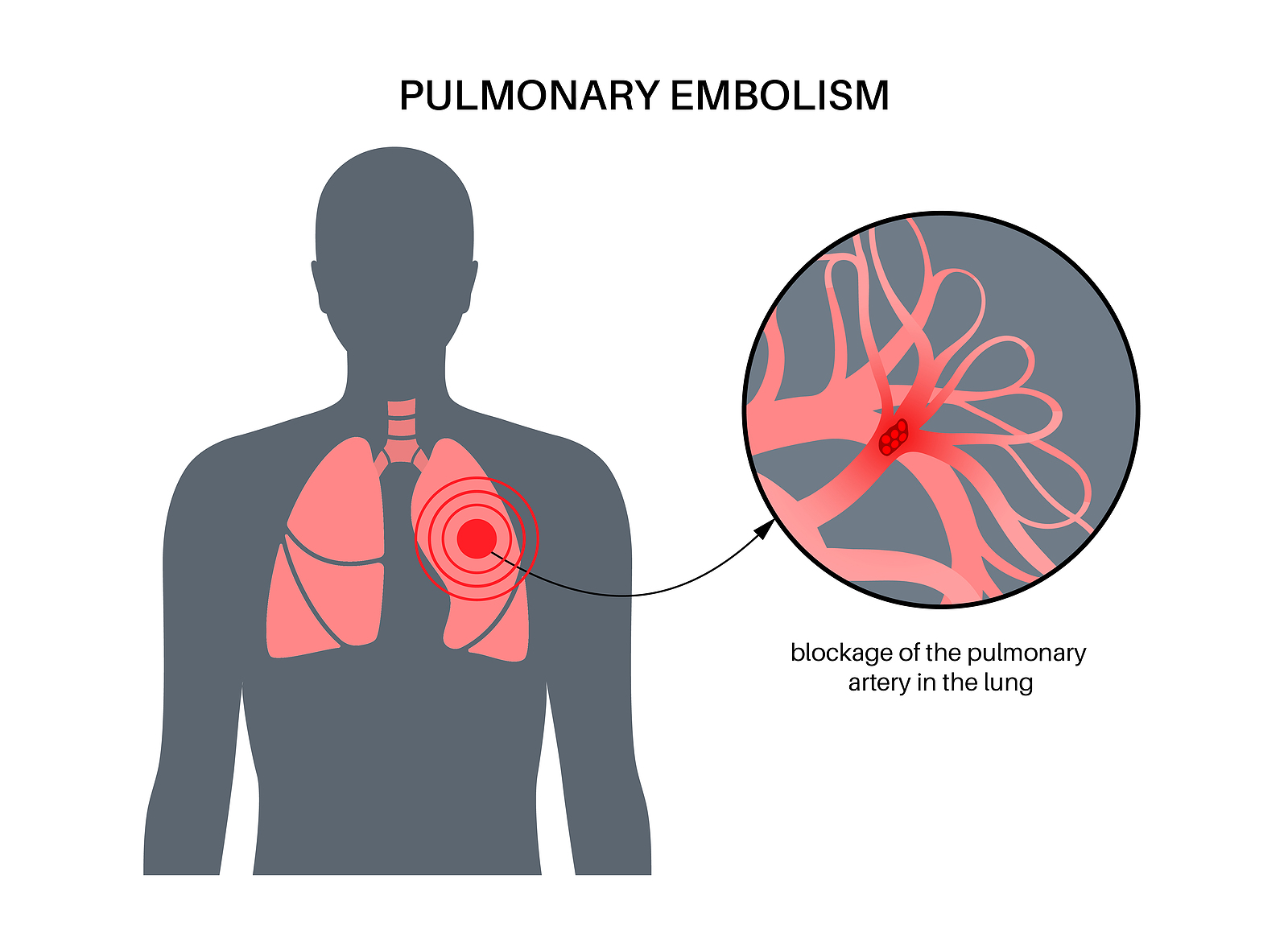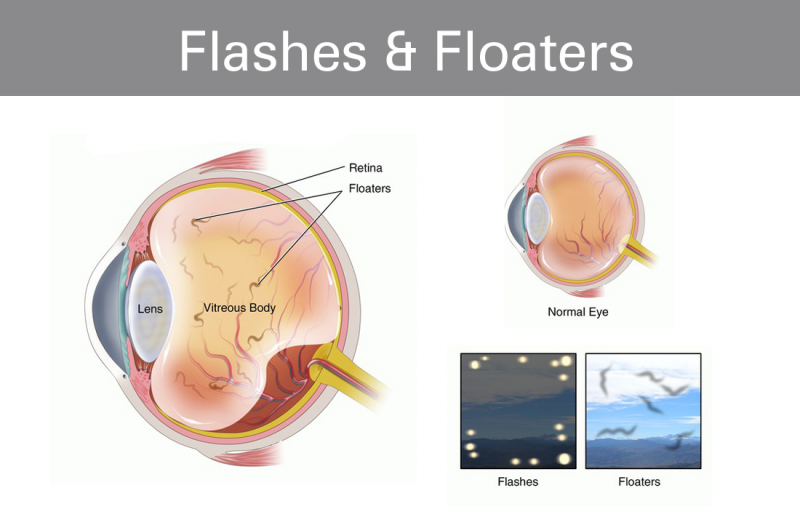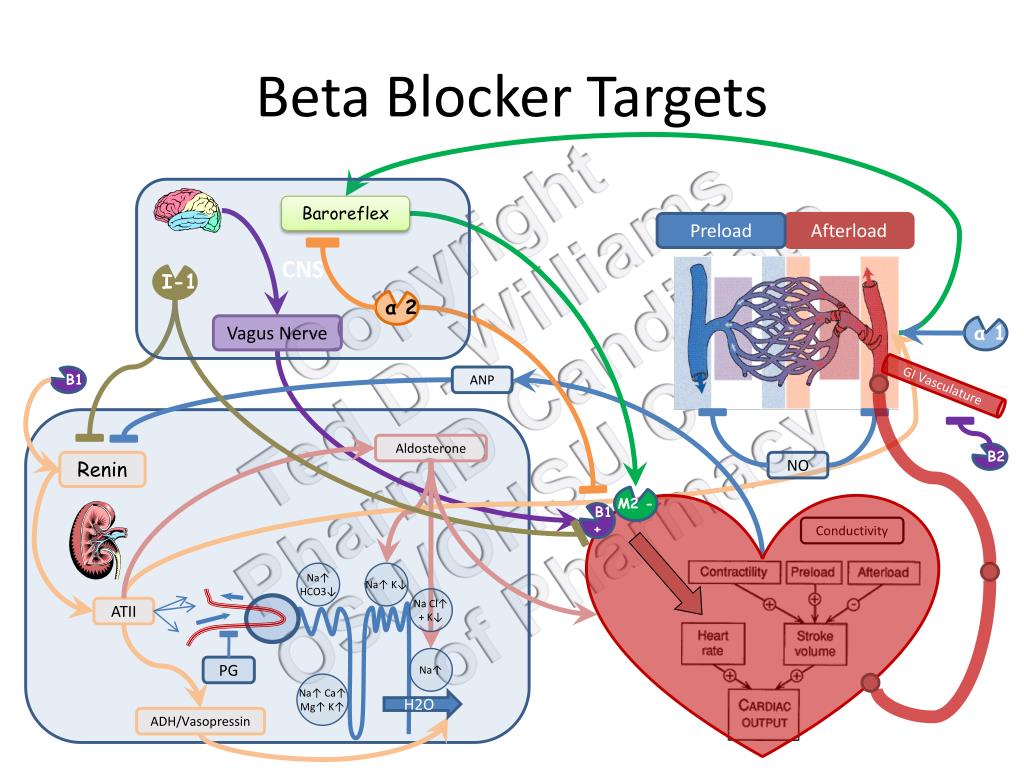Understanding the Dangers of Pulmonary Embolism

What is Pulmonary Embolism?
A pulmonary embolism is a serious medical condition that occurs when a blood clot gets stuck in an artery in the lungs, blocking blood flow. This blockage can lead to damage to the lungs and potentially life-threatening complications.
Causes of Pulmonary Embolism
One of the main causes of pulmonary embolism is a blood clot that breaks loose from deep vein thrombosis (DVT) in the legs. This clot can travel through the bloodstream and lodge in a lung artery, causing a blockage.
The Dangers of Blood Clots
When a blood clot forms in the deep veins of the legs, it can break loose and travel to the lungs, causing a pulmonary embolism. If left untreated, this can lead to serious complications, including:
- Damage to the lungs
- Heart failure
- Respiratory failure
- Even death
Understanding the Risks
It's essential to understand the risks associated with pulmonary embolism to seek medical attention immediately if symptoms occur. Some of the risk factors include:
- Deep vein thrombosis (DVT)
- Recent surgery or trauma
- Immobilization for extended periods
- Cancer
- Genetic predisposition
Symptoms of Pulmonary Embolism
Pulmonary embolism can manifest with a range of symptoms, from mild to severe. It's crucial to recognize these signs to seek medical attention promptly. The common symptoms include:
- Shortness of breath, even at rest: A sudden onset of difficulty breathing or feeling winded even when sitting still or engaging in light activities.
- Chest pain or discomfort, especially when breathing deeply: Sharp or stabbing pain in the chest that worsens with deep breathing, coughing, or straining.
- Coughing up blood or frothy sputum: Coughing up blood or frothy mucus, which may indicate bleeding in the lungs.
- Rapid heart rate and palpitations: A rapid or irregular heartbeat, often accompanied by palpitations or a feeling of fluttering in the chest.
- Lightheadedness or dizziness: Feeling faint or dizzy due to inadequate oxygenation of the brain.
Additional Symptoms
In some cases, people may experience additional symptoms, including:
- Wheezing or a high-pitched sound while breathing out
- Cold sweats or a pale complexion
- Severe anxiety or panic
- Confusion or loss of consciousness (in severe cases)
Seek Medical Attention Immediately
If you or someone you know is experiencing any of these symptoms, call emergency services or seek immediate medical attention. Prompt treatment is essential to prevent long-term damage and reduce the risk of complications.
Causes and Risk Factors
Understanding the Origins of Pulmonary Embolism
Pulmonary embolism is a life-threatening condition that occurs when a blood clot blocks the flow of blood in the lungs. But what causes this deadly blockage? In this section, we'll delve into the common causes and risk factors associated with pulmonary embolism.
Deep Vein Thrombosis (DVT): The Leading Cause
Deep vein thrombosis, or DVT, is the most common cause of pulmonary embolism. DVT occurs when a blood clot forms in the deep veins of the legs or arms. If this clot breaks loose, it can travel to the lungs and cause a blockage, resulting in pulmonary embolism.
Other Risk Factors
In addition to DVT, several other risk factors can increase the likelihood of developing pulmonary embolism. These include:
- Surgery: Recent surgery, especially orthopedic or cancer surgery, can increase the risk of blood clots.
- Trauma: Severe injuries, such as those sustained in a car accident, can also increase the risk of blood clots.
- Cancer: Certain types of cancer, such as pancreatic, lung, and ovarian cancer, can increase the risk of blood clots.
- Genetic Blood Clotting Disorders: Inherited conditions, such as factor V Leiden, can affect blood clotting and increase the risk of pulmonary embolism.
Long Periods of Immobility
Long periods of immobility, such as during flights or bed rest, can also increase the risk of pulmonary embolism. When we're immobile for extended periods, our blood can pool in our legs, increasing the risk of blood clots.
Diagnosis and Treatment
Accurate Diagnosis for Effective Treatment
A pulmonary embolism is often diagnosed with imaging tests, such as CT scans or ventilation-perfusion scans. These tests help doctors visualize the lungs and confirm the presence of a blood clot.
Treatment Options for Pulmonary Embolism
Treatment typically involves anticoagulant medications to prevent further clotting and thrombolytic medications to dissolve the clot. The primary goal of treatment is to prevent the clot from growing and to reduce the risk of another clot forming.
Interventional Procedures for Severe Cases
In severe cases, surgery or mechanical devices may be necessary to remove the clot. This is typically considered when the clot is large or life-threatening, and anticoagulant medications are not effective.
A Comprehensive Treatment Plan
A comprehensive treatment plan for pulmonary embolism may include a combination of medications, lifestyle changes, and ongoing monitoring. Patients may need to make adjustments to their diet, exercise routine, and stress levels to reduce the risk of another clot forming.
Prevention and Management
Pulmonary embolism can be a life-threatening condition, but there are ways to reduce the risk and manage the condition effectively.
Reducing the Risk of Deep Vein Thrombosis (DVT)
Since DVT is a major cause of pulmonary embolism, reducing its risk can help prevent pulmonary embolism. Some ways to reduce the risk of DVT include:
- Wearing compression stockings and elevating legs can reduce the risk of DVT. Compression stockings help improve blood flow, while elevating legs can reduce swelling and pressure on the veins.
- Moving regularly during long periods of immobility can also help. This can include getting up and walking around every hour or two during long trips or bed rest.
Managing Underlying Medical Conditions
Managing underlying medical conditions can also reduce the risk of pulmonary embolism. Some conditions that increase the risk of pulmonary embolism include:
- High blood pressure: Managing high blood pressure through lifestyle changes and medication can reduce the risk of pulmonary embolism.
- Diabetes: Managing diabetes through lifestyle changes and medication can also reduce the risk of pulmonary embolism.
By taking these steps, individuals can reduce their risk of pulmonary embolism and manage the condition effectively.
Conclusion
Pulmonary embolism is a serious medical condition that demands swift attention and treatment. It is crucial to acknowledge the severity of this condition, which can be fatal if left untreated or if treatment is delayed.
Importance of Prompt Treatment
Timely treatment is vital to prevent long-term damage and improve survival rates. Delayed treatment can lead to increased morbidity and mortality, emphasizing the need for prompt medical attention.
Empowerment through Knowledge
Understanding the causes, symptoms, and risk factors of pulmonary embolism can empower individuals to take preventive measures and seek medical help when necessary. This knowledge can help identify potential warning signs, allowing for early intervention and effective management.
Prevention and Management
By recognizing the risk factors and taking preventive steps, individuals can reduce their likelihood of developing pulmonary embolism. Moreover, being aware of the symptoms can facilitate early diagnosis and treatment, significantly improving outcomes.
In conclusion, pulmonary embolism is a medical emergency that requires prompt treatment. Understanding its causes, symptoms, and risk factors can help prevent and manage this potentially life-threatening condition, emphasizing the importance of awareness and timely medical intervention.














Comments ()